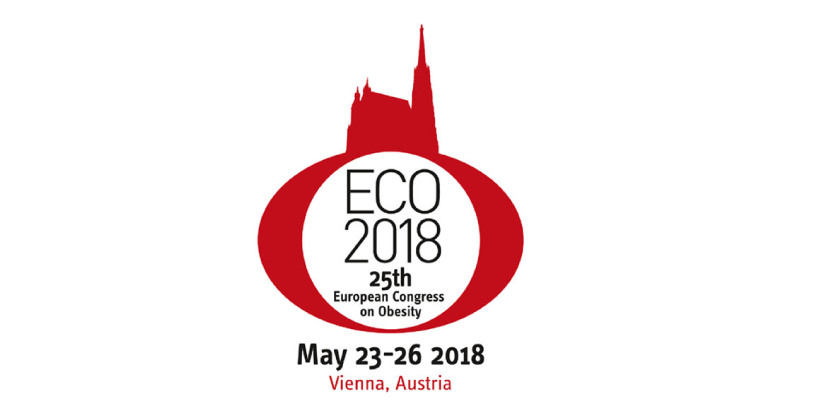Obesity

Obesity and overweight are serious problems that pose a huge and growing financial burden on national resources. The health consequences of obesity and overweight are many and varied, ranging from an increased risk of premature death to health problems such as type 2 diabetes, cardiovascular diseases and psychological complaints. The conditions are largely preventable through lifestyle changes such as healthy diets and increased levels of physical activity to control overweight and obesity. Obesity is a complex issue which requires active participation of many groups including governments, health professionals, the food industry, the media and consumers.
Overweight and obesity classification: BMI & other methods
18 October 2024Explore how overweight and obesity are classified using BMI and other methods and understand the limitations of relying on BMI for health assessments.
Obesity: definition, causes and prevention strategies
17 October 2024Obesity is a widespread health issue influenced by genetic and lifestyle factors. This article explores its definition, causes, and prevention strategies.
Europe’s obesity statistics: figures, trends & rates by country
17 October 2024Overweight and obesity are reaching epidemic proportions. Here you can find data on country-specific obesity rates and their associated burden.
European Congress on Obesity: Takeaways from ECO 2019
09 May 2019What are the key messages of this year’s European Congress on Obesity? Here are some contributions from the leading obesity experts who took part in ECO 2019.
European Congress on Obesity 2018: What’s new in obesity research?
29 May 2018EUFIC was back at the 25th European Congress on Obesity (ECO 2018) in Vienna, learning from researchers how their work further helps tackle obesity. Watch the short videos interviews for the key take home messages.
Successful programmes to reduce childhood overweight and obesity
03 May 2018Childhood and adolescence are critical periods to introduce healthy lifestyle habits. This article provides you with successful measures to prevent childhood obesity.
Childhood obesity (Infographic)
24 April 2018Childhood obesity in Europe is increasing, with 1 in 3 11-year-olds classified as having developed either overweight or obesity. This infographic explains the risks of childhood obesity as well as highlighting 10 tips to encourage healthy habits in kids.
Recommendations from WHO’s Commission on Ending Childhood Obesity
22 April 2016The World Health Organization’s (WHO) Commission on Ending Childhood Obesity has presented its consensus report with a set of recommendations that are likely to be most effective at tackling the rising trend of children being overweight...
Preventing childhood obesity through community-based initiatives
28 August 2013Prevention is widely recognised to be the most efficient and cost-effective way to tackle the obesity epidemic; the most promising approaches target populations rather than individuals, are focused on environmental and policy changes...
Obesity and overweight
08 June 2006Obesity and overweight are serious problems that pose a huge and growing financial burden on national resources...









